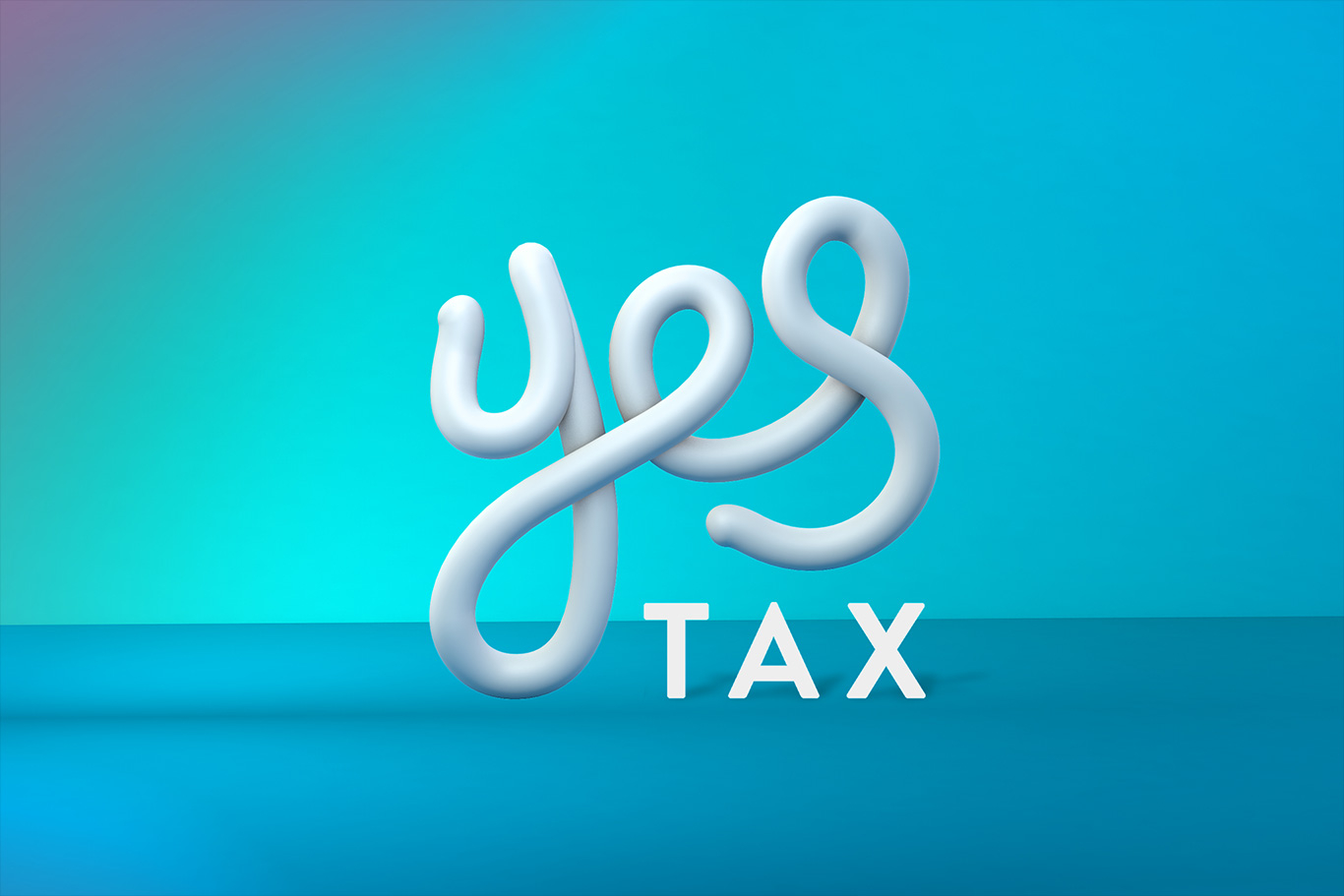
What are the rules when a company incurs R&D costs from a connected party? John Moxon examines the pitfalls to be wary of.
Qualifying expenditure for R&D tax relief claims can be classified into several well-defined categories; staffing costs, consumables (including light, heat and power), subcontracted costs, externally provided workers, software and payments to subjects of clinical trials. The rules regarding each cost category are widely known – but this isn’t the case when costs are incurred from connected parties.
At YesTax, we are increasingly engaging with new clients which have previously made their own R&D tax claims or have used another adviser. When reviewing previous claims, we often see costs incurred from connected parties which have been incorrectly included. This article aims to clarify a few of the key rules to be aware of.
What is a connected party?
HMRC defines a connected party at CTA2010/S1122 which states:
A company is connected with another company if-
- the same person has control of both companies,
- a person (“A”) has control of one company and persons connected with A have control of the other company,
- a has control of one company and A together with persons connected with A have control of the other company, or
- a group of two or more persons has control of both companies and the groups either consist of the same persons or could be so regarded if (in one or more cases) a member of either group were replaced by a person with whom the member is connected.
CTA2010/S1122 also defines when a person is connected to another individual. The definitions can be complicated, but the most common examples are when a person is the spouse or close relative of another person. To give a few practical examples, a company (A Ltd) would be connected to another company (B Ltd) if:
- A Ltd is controlled by Mr Smith and B Ltd is controlled by Mrs Smith
- A Ltd is controlled by Mr Smith and Mrs Smith and B Ltd is also controlled by the same persons.
- A Ltd is controlled by Mr Smith and B Ltd is controlled by Mr Smith’s son/daughter.
The above examples are by no means exhaustive but are the most common situations which we see when preparing R&D tax relief claims.
Why is this relevant for R&D tax claims?
Where a claimant company incurs costs from a connected company (or person), special rules apply which can often restrict the amount of expenditure eligible for the claim. The rules are primarily designed to stop artificial inflation of R&D costs. It wouldn’t be inconceivable to imagine a situation where a connected company would grossly inflate certain charges to produce a larger R&D tax relief claim for the claimant company.
The two costs categories that are most commonly affected by the connected party rules are subcontracted R&D expenditure and payments for the provision of externally provided workers (EPWs). The key rules are outlined within HMRC’s CIRD guidance – CIRD 84200 and 84050.
The guidance states that the qualifying amount of payment made to the connected subcontractor or staff provider (for EPWs) is the lower of
- The payment made and
- The relevant expenditure of the subcontractor or staff provider.
Relevant expenditure is neither capital nor subsidised and is made up of staff costs, externally provided workers, consumables or payments to subjects of clinical trials. The relevant expenditure rules have profound impacts on costs incurred from connected parties, and often severely restrict the eligible amount which can be correctly included in an R&D tax relief claim. They key impacts to note are:
- When incurring costs from connected parties, any margin added to the costs by the connected company must be stripped out. For example, if company A (the claimant company) incurs EPW costs from company B (a connected company), only the actual staff costs incurred by company B can be included in company A’s R&D tax claim. Any profit margin that company B has applied to the costs, must be removed.
- Where a claimant company is controlled by a person who invoices his time from his own personal service company, a careful analysis of the costs contained within the personal service company is required. For example, imagine a situation where the owner of R&D Ltd charges his time via his own limited company (PSC Ltd) to the tune of £75,000. The claimant company wishes to include this cost as subcontracted R&D expenditure. Let’s assume the director spends 50% of his time undertaking qualifying R&D for R&D Limited. It would be easy to assume that £37,500 of the cost incurred by R&D Ltd would be eligible for the claim. However, as is often the case with personal services companies, it’s likely that the director takes a minimal salary (say, £10,000) from PSC Limited and the rest of his remuneration will be extracted as dividends. If this was the case, only 50% of the £10,000 salary would be eligible for R&D Ltd’s claim, as the remaining remuneration (dividends) does not constitute relevant expenditure.
The above scenarios demonstrate why it’s important for R&D tax advisers to have visibility over the connected party’s financial affairs, as well as the claimant company’s financial records. On a practical level, this can be a challenge!
In summary, the connected party cost rules (often referred to as the relevant expenditure rules) are often overlooked and can result in incorrectly compiled R&D tax relief claims.
Contact us at hello@yes.tax if you wish to discuss anything raised in this article.
YesTax. Positively Better.

